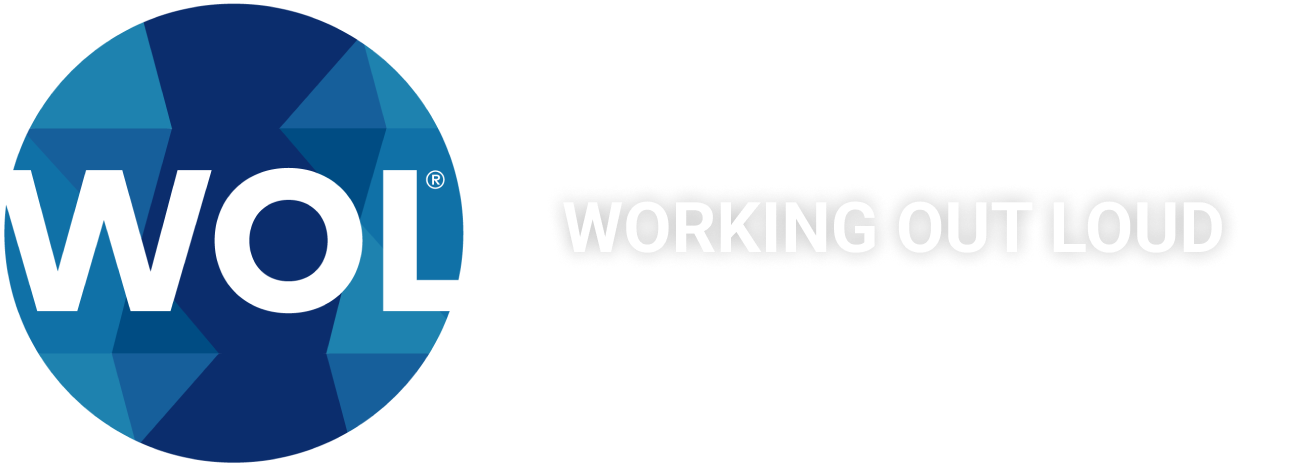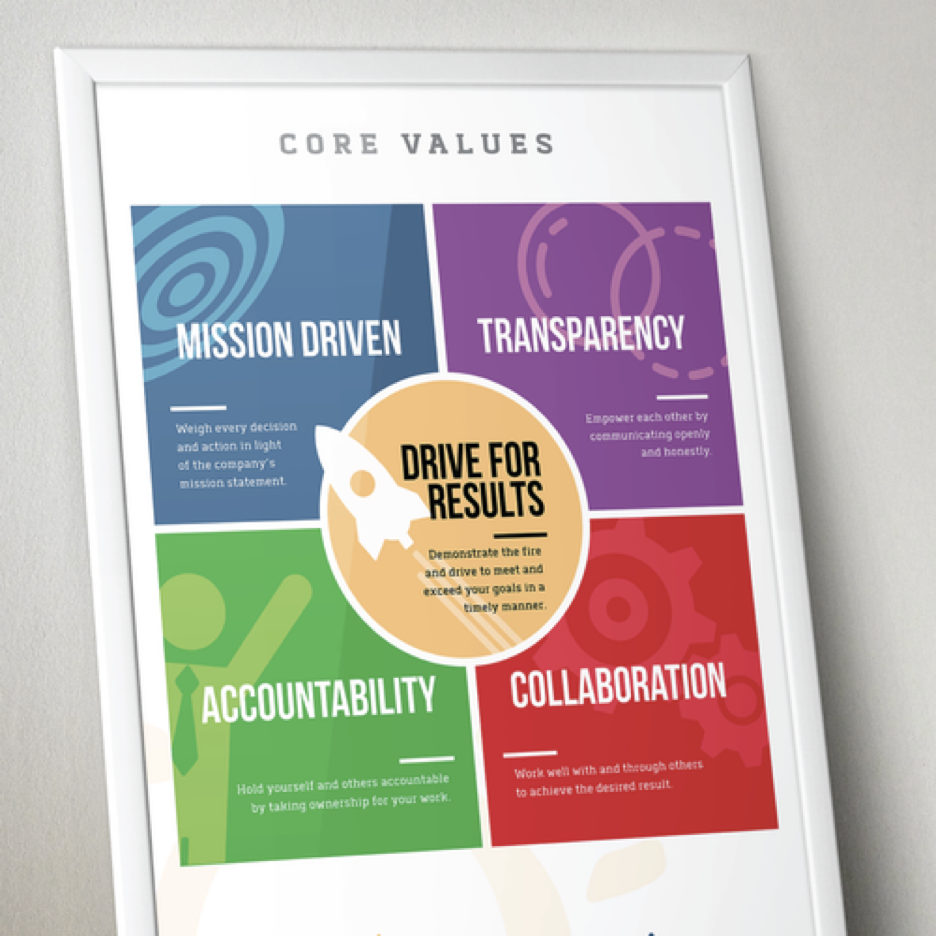“Activating the culture”: A path from values to everyday behaviors
Every company I ever worked for had at least one cultural transformation program while I was there, exhorting us to “live the values” and be “ONE Company!”
My colleagues and I met these efforts with yawns or outright cynicism. We were sure the latest program would, like the others before it, fade away without producing much change.
How can you break this cycle? How can you go from values on posters to everyday behaviors?
Senior management was flummoxed every time.
What not to do
The leadership team of one company made us go to mandatory meetings on the new values (yes, attendance was taken), and instructed us to “cascade the message” to our teams. They pressured us to live the values but never helped us experience how we could translate those values into our everyday work.
Another company hired a small army of change management consultants. After many months and several million dollars, one of their transformation initiatives was a board game we were forced to play. Thousands of us rolled dice and moved through artificial scenarios that amounted to little more than parroting what was on the consultants’ PowerPoint “culture deck.”
You would think it’s obvious that people don’t change just because they attend a mandatory meeting, play a board game, or memorize a list of values that inevitably include “teamwork” and “innovation.” But these activities are easier to implement and measure than actually changing behavior, so that’s what many organizations choose to do.
Photo credit: Sebastian Roy, winner of the “Create a core values poster!” contest on 99Designs.com
Three ingredients for meaningful change
What was missing in those culture programs was a chance for employees to work out how the values applied to their particular job and context; to actually experience what it would feel like to be “One Company”; to provide at least some answers to “What’s in it for me?”.
Social learning programs can close these gaps, particularly when they have three elements:
The employee chooses a goal that’s meaningful for them. Allowing the employee to choose their own goal that’s relevant to the transformation sparks their intrinsic motivation.
There is a structured curriculum over time. A step-by-step experiential learning program that spans weeks instead of hours makes it possible to experiment, get feedback, and develop new skills and habits.
Employees practice together in a psychologically safe space. Peer learning provides employees with support and shared accountability. Social learning enables them to build skills while they also build relationships that foster a sense of connection and belonging.
You can think of this as a kind of recipe for behavior change. It starts with the employee and what they need or want, helps them take steps that build skills and confidence, and cultivates trust that engenders collaboration and a feeling of good will.
Change you can believe in
We recently implemented a social learning program in a healthcare organization in the midst of a transformation. As in many such organizations, the employees are extraordinarily busy and stressed. They have little patience for top-down programs from administrators.
Yet, learning together with other employees helped them to feel seen and valued; to know that they are not alone; to invest in themselves and make progress towards goals they find meaningful.
One participant said, “That we even have such a program makes me believe things are changing.”
Telling employees (or anyone) how to behave or what to believe doesn’t change much. But giving them the space, time, and support to learn and grow together can spark a special kind of personal transformation, one that serves the individual and is also good for the company. One that makes the cultural values come alive.


